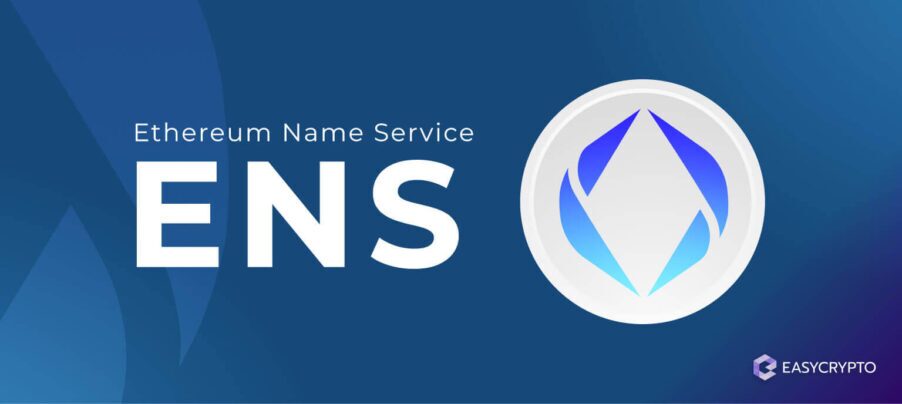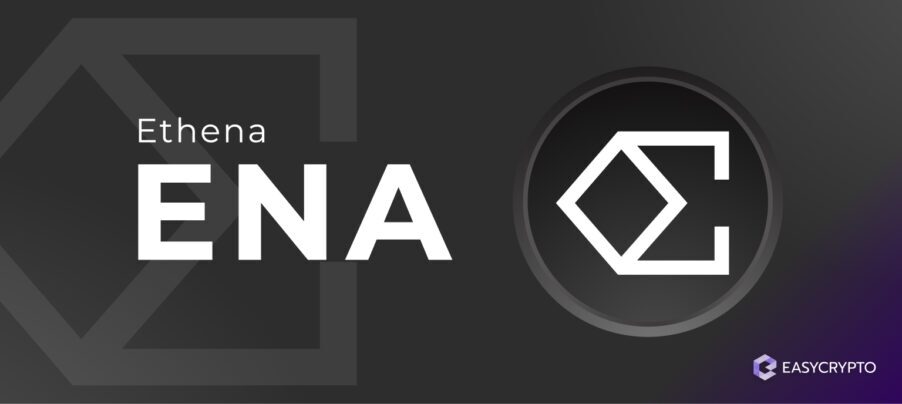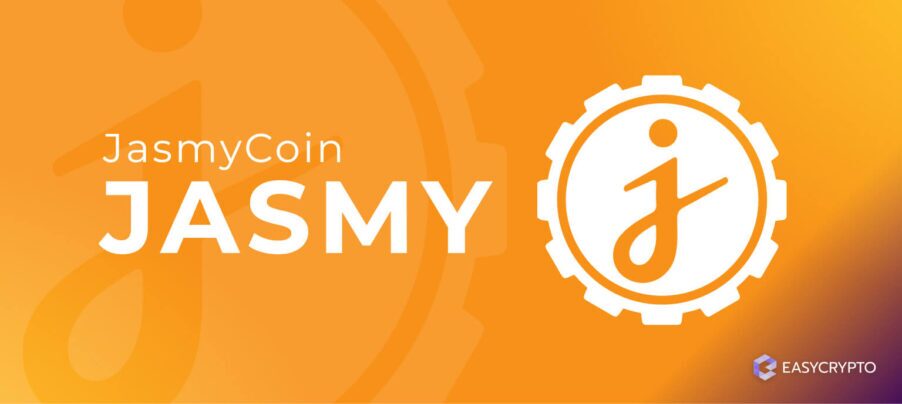What is Qtum (QTUM)? The Balanced Blockchain Explained
Many blockchain developers innovate on different aspects of blockchain technology, such as scalability, interoperability, security, decentralisation, and programmability. However, the team behind Qtum takes on.
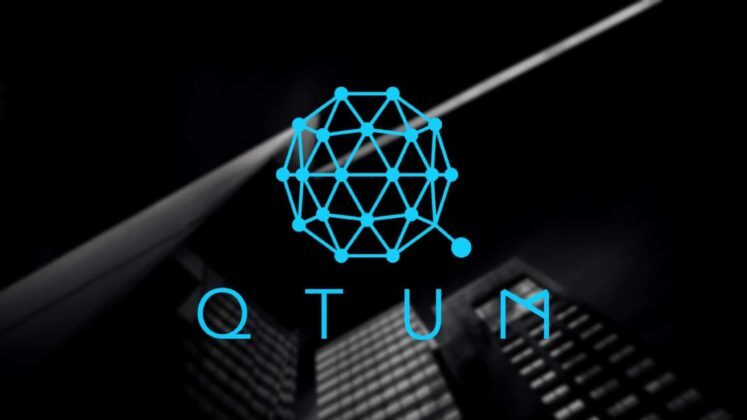

Many blockchain developers innovate on different aspects of blockchain technology, such as scalability, interoperability, security, decentralisation, and programmability. However, the team behind Qtum takes on a more traditional approach and works their way from there.
What is Qtum?
Qtum (pronounced “quantum”) is a decentralised blockchain-powered network that uses Bitcoin’s secure UTXO model, and combines it with Ethereum’s account-based model on which developers can build applications. This creates an entirely new blockchain network that takes the best of both Bitcoin and Ethereum, while improving on their shortcomings.
Although Qtum was released in 2017, the team managed to build with the technological foundations of the first-movers — Bitcoin being the first cryptocurrency, and Ethereum as the first smart contract platform.
Also read: What is Ethereum?
How does Qtum work?
Qtum is the only blockchain that manages to merge Bitcoin and Ethereum’s legacy architecture. The reason to do this is to ensure Bitcoin-level security and Ethereum-level flexibility.
In the blockchain world, the UTXO model and the account-based model are usually two incompatible architectures. To understand why, we need to take a quick look at each model.
Related: What are Smart Contracts? – A Complete Beginner’s Guide.
Short explanation on the UTXO model
The UTXO, short for Unspent Transaction Output, is just another way of keeping track of account balances. A very simplified explanation of UTXO is that of a ledger that keeps track of bank note ownership.
If you have 5 BTC, for example, this amount is represented by the sum of all BTC that you haven’t spent yet. Someone may have paid you 2 BTC, and another 3 BTC, and you haven’t spent them all yet.
Now, if you pay someone 4 BTC, following the UTXO model, you essentially send 5 BTC and get 1 BTC back as change. This is because you cannot send (give an output) a fraction of your input (your choice is either 2 BTC, 3 BTC, or both).
So now, your past input of 5 BTC (= 2 BTC + 3 BTC) has been spent; what is unspent is the 1 BTC that you get back.
The math checks out:
input (3 BTC + 2 BTC) – output (5 BTC) + input (1 BTC) = 1 BTC unspent
If you are still confused at this point, don’t worry. The main thing to know here is that Bitcoin works like this, which is totally different to the system that Ethereum has put in place.
Short explanation on the Account-based model
In Ethereum’s account-based model, the ledger “doesn’t care” about where the ether currency comes from. All it records is the net balance of all the accounts in the network. If you own 5 ETH when you had more in the past, then past transactions from your account have occurred, resulting in a net balance of 5 ETH
So, if you were to make a transaction, a message like one below will be broadcasted to the system:
Your Account sends 4 ETH to Account B
When all the miners in Ethereum come to a consensus, the global ledger will update — Your Account will subtract 4 ETH, and Account B will add 4 ETH to the balance.
You can see that the Account-based model is a lot simpler. Smart contracts rely on knowing the net balance of an account in order to work. On the other hand, smart contracts may find it inefficient to calculate every single UTXO of every single account, which may cause network congestion.
Qtum and the Account Abstraction Layer
With Qtum’s proprietary Account Abstraction Layer, a kind of programmatic bridge, is able to connect the two systems together. This may all seem very abstract to you at the moment, but in the computing world, this is a big deal.
One of the reasons why Bitcoin hasn’t been able to run a smart contract yet is because of the rigid UTXO model of Bitcoin. This is not to say that UTXO-based networks cannot have smart contracts. In fact Digibyte (DGB) is a UTXO blockchain that can run smart contracts through its own programmatic bridge (in fact, it is Digibyte’s second layer solution).
However, you should know that most of the modern-day programmable blockchains like Cardano, Polkadot, and Solana, use Ethereum’s account-based model because smart contracts can run more efficiently.
What makes Qtum different from Bitcoin and Ethereum?
While Qtum inherits the best features from each “parent”, it operates using a faster, more energy-efficient protocol that allows it to become scalable, namely Proof of Stake. Scalability is a feature that both Bitcoin and Ethereum (currently) struggle to achieve due to its long-running protocol called Proof of Work.
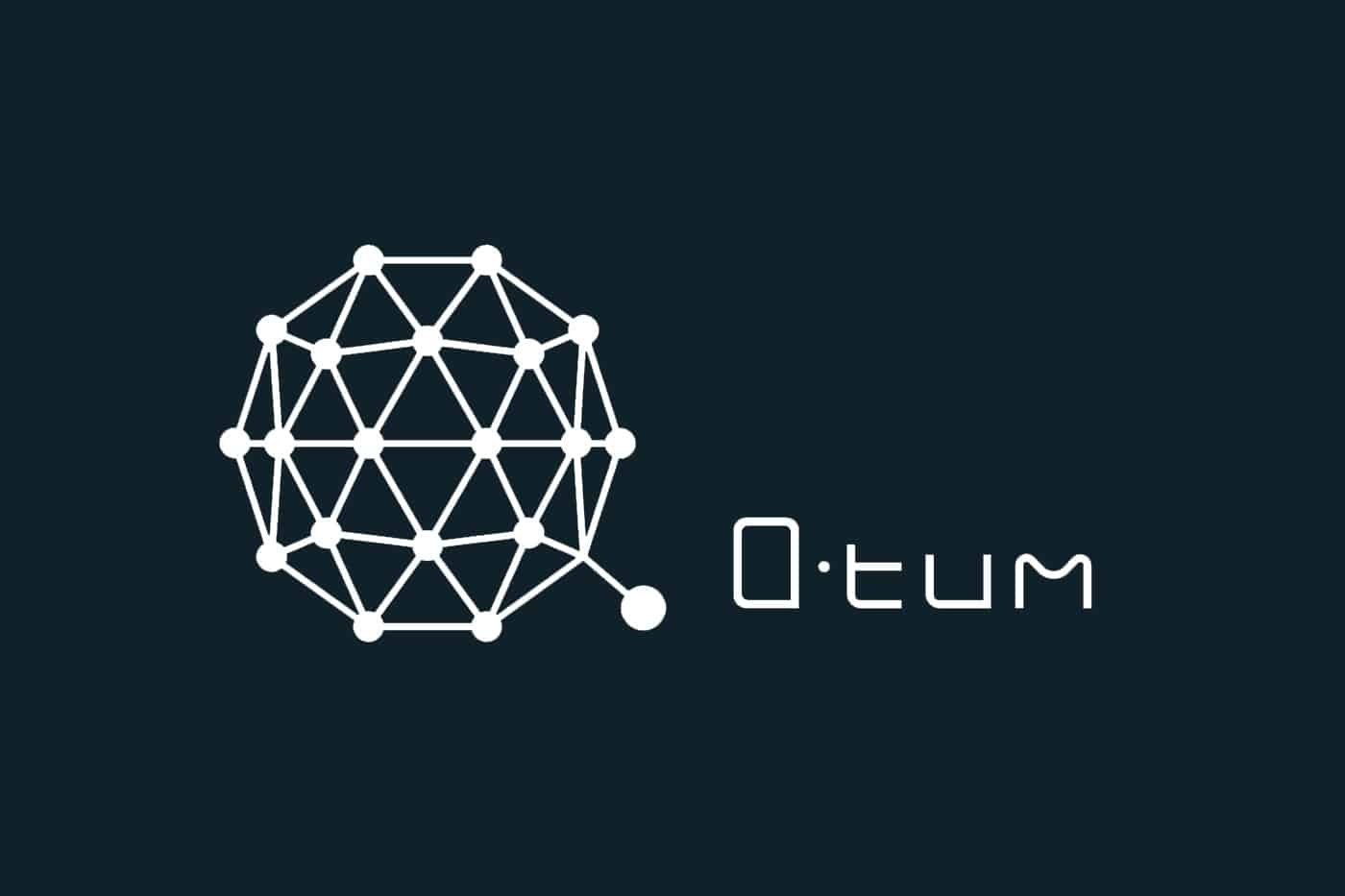
With Proof of Work, computers that validate transactions on the network (simply called nodes) must expend computational power just to have a chance at adding the blockchain ledger with the next block.
Block creators will earn block rewards in transaction fees and new coins. This activity is called mining, and it’s currently criticised for being harmful to the environment.
Proof of Stake works differently in that nodes are simply chosen to create the next block, based on the amount of cryptocurrencies staked (deposited). The more coins staked, the higher the chance to be chosen as the block creator.
While nodes can compete in wealth just as miners compete in the number of machines, this process at least does not harm the environment and makes the network run faster.
Interesting fact: At the time of writing, Ethereum is transitioning to become a Proof of Stake network.
The verdict — is Qtum a good investment?
Unlike many other blockchains, Qtum returns to the time-tested technologies offered by Bitcoin and Ethereum, and builds improvements from there. Other blockchains may have adopted other kinds of technology, such as Proof of Time, Directed Acyclic Graph, and parallel-chain sharding.
While these technologies are interesting and have produced great results in test networks, none of them have the success history as Bitcoin’s UTXO and Ethereum’s smart contract architecture.
The team behind Qtum are technology-oriented, seeking to create a stable blockchain that can last for years. Much of the team members are some of the earliest blockchain adopters, such as Patrick Dai, and Niel Mahi, two brilliant software engineers, along with their team who overcome the challenges of making Qtum a reality.
Stay up-to-date with the latest developments on Qtum and other news from the crypto space by subscribing to our newsletter below.
Further reading: Explore our library of crypto coin guides on our Learn Site.
Share to
Stay curious and informed
Your info will be handled according to our Privacy Policy.
Make sure to follow our Twitter, Instagram, and YouTube channel to stay up-to-date with Easy Crypto!
Also, don’t forget to subscribe to our monthly newsletter to have the latest crypto insights, news, and updates delivered to our inbox.
Disclaimer: Information is current as at the date of publication. This is general information only and is not intended to be advice. Crypto is volatile, carries risk and the value can go up and down. Past performance is not an indicator of future returns. Please do your own research.
Last updated October 10, 2024



